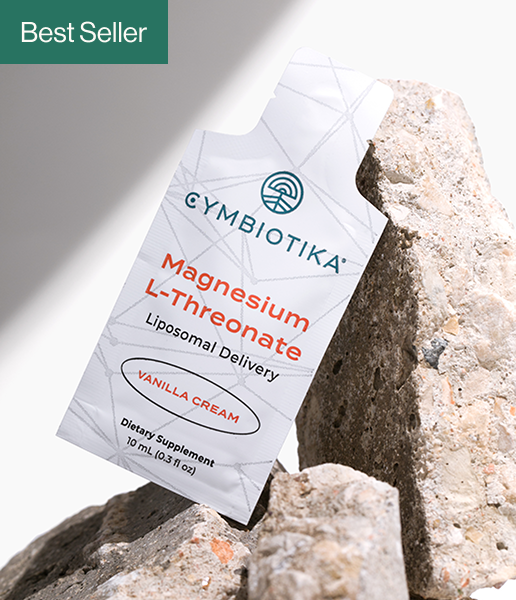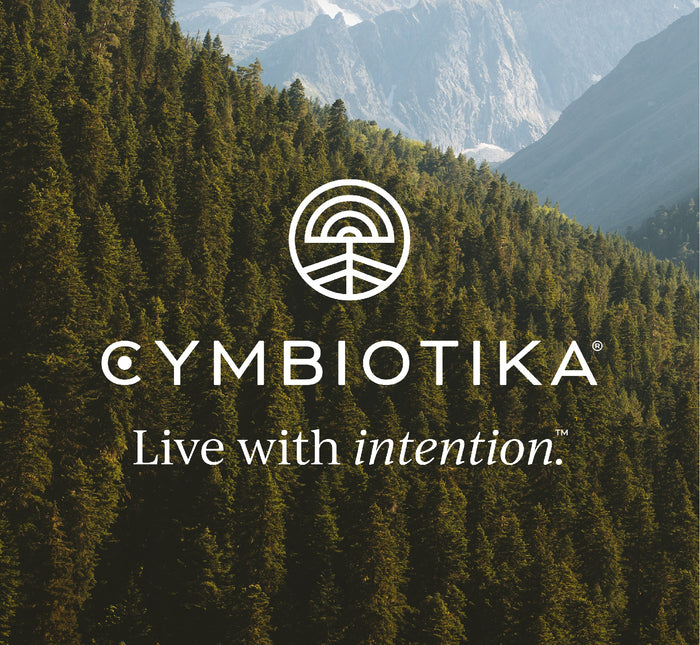
REISHI
Ganoderma lucidum (Lingzhi or Reishi)
Reishi lightens the body and promotes longevity. Taken long term, it will make you feel like you are flying, so you are able to ascend to heaven. This ascension occurs on the level of the mind… there will be an arousal of sensuality, an orgasm of the brain.
Ganoderma lucidum, The Queen of Immortality, is an oriental fungus, which has a long history of use for promoting health and longevity in China, Japan, and other Asian countries.The Latin word lucidus means “shiny” or “brilliant” and refers to the varnished appearance of the surface of the mushroom. In China, G. lucidum is called lingzhi, whereas in Japan the name for the Ganodermataceae family is reishi or mannentake.
In Chinese, the name lingzhi represents a combination of spiritual potency and essence of immortality, and is regarded as the “herb of spiritual potency,” symbolizing success, well-being, divine power, and longevity. Among cultivated mushrooms, G. lucidum is unique in that its pharmaceutical rather than nutritional value is paramount. These are produced from different parts of the mushroom, including mycelia, spores, and fruit body. The specific applications and attributed health benefits of lingzhi include control of blood glucose levels, modulation of the immune system, hepatoprotection, bacteriostasis, and more. The various beliefs regarding the health benefits of G. lucidum (Figure 9.2) are based largely on anecdotal evidence, traditional use, and cultural mores. However, recent reports provide scientific support to some of the ancient claims of the health benefits of lingzhi.(7)
In G. lucidum, a large number of chemical compounds can be extracted from the fruiting body, mycelia, or spores. Many polysaccharides and triterpenes, the two major groups of components in the mushroom, exhibit chemopreventive and/or tumoricidal effects, as proved by numerous studies from in vitro experiments and animal and human in vivo studies (Yuen and Gohel 2005; Zaidman et al. 2005).
Tumorimplanted animal models have shown inhibitory effects on angiogenesis and metastasis.
Lingzhi has been recognized as a medicinal mushroom for over 2000 years, and its powerful effects have been documented in ancient scripts (Wasser 2005). The proliferation of G. lucidum images in art began in 1400 AD, and they are associated with Taoism (McMeekin 2005). However, G. lucidum images extended beyond religion and appeared in paintings, carvings, furniture, and even women’s accessories (Wasser 2005). The first book wholly devoted to the description of herbs and their medicinal value was Shen Nong Ben Cao Jing, written in the Eastern Han dynasty of China (25-220 AD). This book is also known as “Classic of the Materia Medica” or “Shen-nong’s Herbal Classics.” It describes botanical, zoological, and mineral substances, and was composed in the second century under the pseudonym of Shen-nong (“the holy farmer”; Zhu, 1998). The book, which has been continually updated and extended, describes the beneficial effects of several mushrooms with a reference to the medicinal mushroom G. lucidum (Zhu, 1998; Upton 2000; Sanodiya et al. 2009). In the Supplement to Classic of Materia Medica (502-536 AD) and the Ben Cao Gang Mu by Li Shin-Zhen, which is considered to be the first pharmacopoeia in China (1590 AD; Ming dynasty), the mushroom was attributed with therapeutic properties, such as tonifying effects, enhancing vital energy, strengthening cardiac function, increasing memory, and anti aging effects. According to the State Pharmacopoeia of the People’s Republic of China (2000), G. lucidum acts to replenish Qi, ease the mind, and relieve cough and asthma, and it is recommended for dizziness, insomnia, palpitation, and shortness of breath.(7)
Ganoderma lucidum is a well-known representative of mushrooms that have been used in traditional Chinese medicine for centuries. New discoveries related to this medicinal mushroom and its biological properties are frequently reported. However, only recently have scientists started to pay special attention to G. lucidum spores. This is in part because of the recent development of methods for breaking the spore wall and extracting biocompounds from the spore. The major active components identified and their biological properties, such as neurological activity and antiaging and cell-protective effects are being investigated
Within the mushroom, there are several molecules, including triterpenoids, polysaccharides and peptidoglycans, that may be responsible for its health effects (6)
G. lucidum is clearly rich in triterpenes, and it is this class of compounds that gives the herb its bitter taste and, it is believed, confers on it various health benefits, such as lipid-lowering and antioxidant effects. However, the triterpene content is different in different parts and growing stages of the mushroom. The profile of the different triterpenes in G. lucidum can be used to distinguish this medicinal fungus from other taxonomically related species, and can serve as supporting evidence for classification. The triterpene content can also be used as a measure of quality of different ganoderma samples (Chen et al. 1999; Su et al. 2001) (7)
Fungi are remarkable for the variety of high-molecular-weight polysaccharide structures that they produce, and bioactive polyglycans are found in all parts of the mushroom. Polysaccharides represent structurally diverse biological macromolecules with wide-ranging physicochemical properties (Zhou et al. 2007). Various polysaccharides have been extracted from the fruit body, spores, and mycelia of lingzhi; they are produced by fungal mycelia cultured in fermenters and can differ in their sugar and peptide compositions and molecular weight (e.g., ganoderans A, B, and C). G. lucidum polysaccharides (GL-PSs) are reported to exhibit a broad range of bioactivities, including anti-inflammatory, hypoglycemic, antiulcer, antitumorigenic, and immunostimulating effects (Miyazaki and Nishijima 1981; Hikino et al. 1985; Tomoda et al. 1986; Bao et al. 2001; Wachtel-Galor, Buswell et al. 2004).
Reishi is considered powerful heart medicine, both physically and energetically. The polysaccharides that are responsible for supporting the immune response are also working in the body to lower blood pressure and stabilize blood sugar levels. Reishi has been used effectively as a treatment for coronary heart disease, as well as for lowering high cholesterol. Reishi improves cardiovascular circulation, improving the supply of oxygen and energy to the cardiac muscle. It benefits those in high altitudes as it increases oxygenation of the blood, which benefits both the heart and lung.
Reishi is highly revered for its uniquely astounding myriad of medicinal properties. Reishi can restore, tone, and invigorate systems in the body while enhancing our overall vitality.
In vivo and in vitro studies have found Reishi to be anti-inflammatory, antibacterial, antiviral (has been shown to be active against numerous viruses including Epstein-Barr, HIV, HBV, and the flu), antioxidant rich, analgesic (reduces pain), antiallergenic, stimulating and modulating to the immune system, liver protective, liver regenerative, antitumor (inhibiting or regressing tumors), and a wonderful tonic for the heart and lungs.
Reishi is an immune modulator, meaning that it regulates the immune system while strongly protecting the body from harboring disease. Reishi is a great preventative, protective medicine – truly an ally to work with on a daily basis for long periods of time in an effort to keep the body in an optimal, high-functioning state of health.
Taking Reishi on a regular basis protects our mitochondria and reduces both dermal and cellular oxidation on our skin and in our DNA. This is why this herb is touted as the “mushroom of immortality” in China, or in Japan where it is known as the “ten-thousand-year mushroom.”
In the forest where Reishi grows, this mushroom also provides immunity and protection to all the species that it grows around. And did you know that the Ganoderic acids that are found in Reishi have been shown to improve oxygen flow and inhibit histamine response, which has effectively helped people deal with seasonal allergies.(15)
FOUND IN THE FOLLOWING PRODUCT(S)
Works Cited & Clinical Studies
1. Ganoderma Lucidum (Reishi Mushroom) and cancer
2. Pharmacological Properties of Biocompounds from Spores of the Lingzhi or Reishi Medicinal Mushroom Ganoderma lucidum (Agaricomycetes): A Review
3. Synergistic immuno-modulatory activity in human macrophages of a medicinal mushroom formulation consisting of Reishi, Shiitake and Maitake
4. Synthesis and characterization of Reishi mushroom-mediated green synthesis of silver nanoparticles for the biochemical applications
5. Protein components of water extracts from fruiting bodies of the reishi mushroom Ganoderma lucidum contribute to the production of functional molecules
6. Probing Lingzhi or Reishi medicinal mushroom Ganoderma lucidum (higher Basidiomycetes): a bitter mushroom with amazing health benefits
7. Ganoderma lucidum (Lingzhi or Reishi) - Herbal Medicine
8. Buhner, Stephen Harrod. Herbal Antibiotics Natural Alternatives for Treating Drug-Resistant Bacteria, 2nd Edition. Storey Publishing, 2012.
9. Godino, Jessica. “Reishi, The Spirit Mushroom.” 2013
10. “Haeon.” History
11. Isokauppila, Tero. Healing Mushrooms: a Practical and Culinary Guide to Using Adaptogenic Mushrooms for Whole Body Health. Penguin Publishing Group, 2017.
12. Martin-Kilgour, Zak. “Wild Reishi Mushroom Benefits Your Shen More than Any Other Herbal Adaptogen.”
13. Muskat, Alan. “No Taste Like Home – Reishi.” 2018
14. Suttie, Emma. “Reishi / Ling Zhi – The Mushroom of Immortality.” 2015
15. Reishi Mushroom: Queen of Immortality










